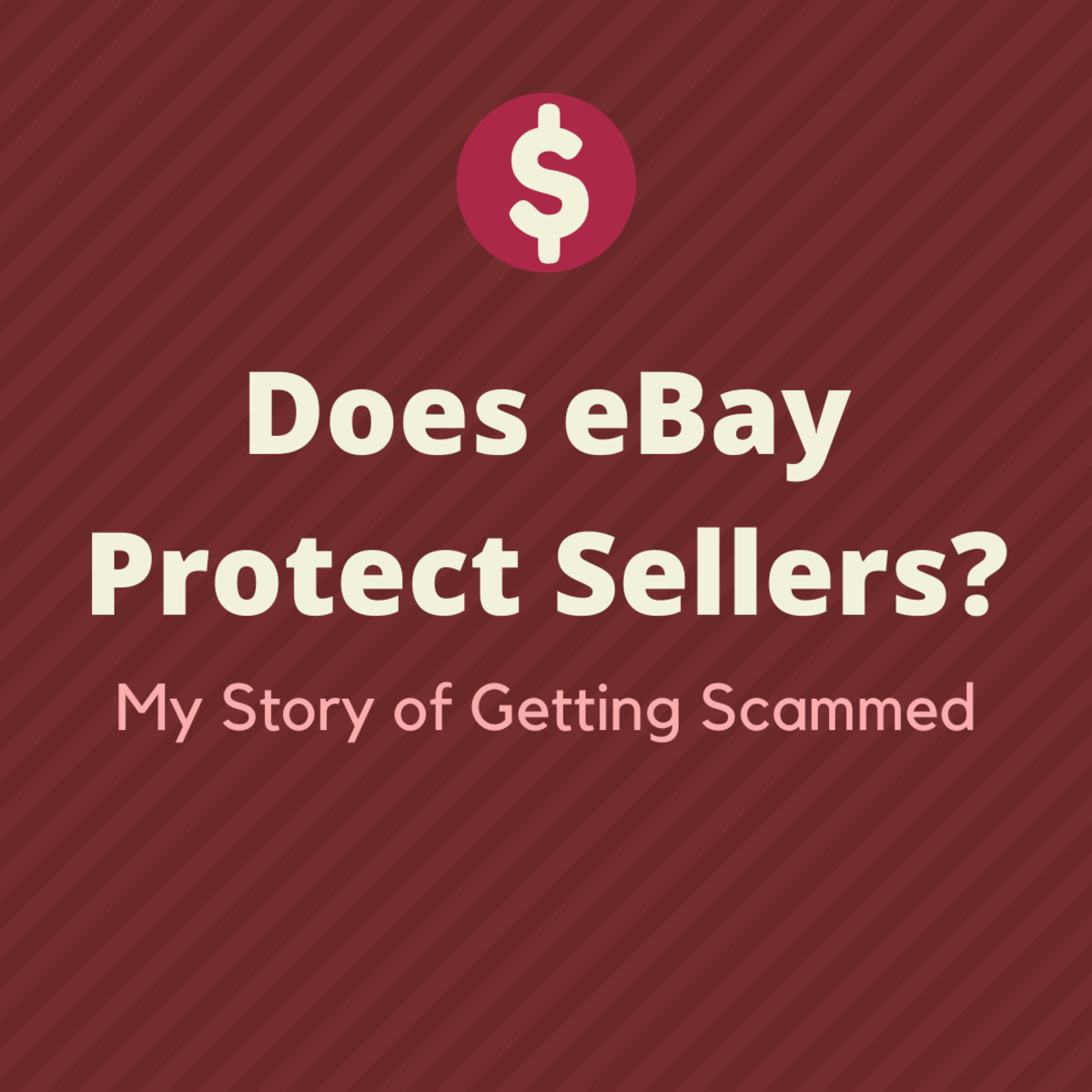Legal Issues in Online Transactions

Introduction
The Internet is now used extensively to supply and purchase of goods and services. However, despite online commerce having been conducted for a number of years, online commerce still poses some unique challenges.The purpose of this lens is to highlight some of the legal issues applicable to online transactions. Although the lens focuses on the legal regime in Australia, it does contain useful information for business owners both in and outside Australia. This lens contains general information only and is not intended to constitute legal advice. Each reader of this lens should obtain specific advice relevant to their individual circumstances.
Validity of electronic transactions
In Australia, the Electronic Transactions Acts of the Commonwealth and States have been in place for a number of years. The aim of the legislation is to allow contractual dealings in transactions conducted in Australia. The legislation provides that any of the following may be undertaken by electronic means:
* giving information in writing;
* providing a handwritten signature;
* producing a document;
* recording of information; and
* retaining a document.
A recent review of the legislation which was conducted to determine whether Australia should enact the UN Convention on the Use of Electronic Communications in International Contracts has concluded that in acceding to the Convention (which applies to international transactions only), the existing Australian legislation should be amended so that the law relating to international and domestic transactions is the same.
Another issue which affects validity of a contract made online is authentication of the user, particularly in cases where automated systems are used to generate the contract. The proposed amendments to the Australian legislation will provide that a person cannot argue that an electronic signature is unreliable if the method used to identify the signatory is proven to have in fact identified the signatory and indicated the signatory’s intention in relation to the information contained the electronic communication.
Jurisdiction
Who has the authority to apply law over an online transaction if there is a problem and either the seller or customer wishes to enforce the contract?
The terms and conditions of the website and of the supply of goods and services via the website should specify the law to be applied if the terms and conditions need to be enforced. Generally, courts will accept a genuine election by the seller of the law that is to apply to the conditions. However, in the instances where an applicable law has not been specified, the courts will have to review the transaction and determine the law which is most closely related to the transaction. In some instances, legislation may specify which law will apply where none has been specified.
Enforceability of terms and conditions
In the context of online transactions, the key issue for a seller is whether the seller's website terms and conditions are enforceable. The terms and conditions will be enforceable only if the user has accepted the terms and conditions. In the context of online transactions, this requires the seller to provide reasonable notice of the terms and conditions terms (ie, that the conditions to be drawn to the attention of the user) before the user accepts the terms and conditions or is deemed to have accepted them. The two most common ways of drawing a user's attention to terms and conditions and then having the user accept the terms and conditions are:
* a click and accept system - this is a system where the user must scroll through the terms and conditions before agreeing to them; and
* a browse and accept system - this is a system where the user is referred to terms and conditions by way of a hyperlink link, but is not forced to click on the link before agreeing to the terms.
Generally, the click and accept procedure has been preferred, as the process requires that the user reads (or at least scrolls through) the terms and conditions before proceeding.
To maximise a website operator's ability to enforce and rely upon terms and conditions:
* the user should be required to accept the terms before using the website, or performing the relevant act;
* the terms and conditions must be conspicuous and easy to access and read;
* users should be able to print the terms and conditions if they wish to do so; and
* the website should make it clear that by clicking on the "I accept" box, that the user is accepting and will be bound by, the terms and conditions.
Website operators should also regularly review the content of their terms and conditions, in order to ensure that they are accurate, comprehensive, comply with current law, and address all the risks associated with the current functions of the website.
Privacy and security
While Internet shopping is very easy from a customer’s perspective as it involves only a few clicks of a mouse and a limited amount of data entry by the customer, the back-end is more complex. In particular, fulfillment of an order has many steps and may involve many companies. To fulfil an order, it will be necessary to give one or more of the companies involved in the supply chain all or some of the personal and financial information provided by the buyer. As with any process involving a number of steps, a problem can occur at any one of the steps in the process. Customers are rightly concerned about the security of the personal and financial information provide to access sites or complete transactions. Therefore businesses have to take responsibility for the security of the information provided by their customers.
Australia and many other countries require persons who collect personal and financial information from other people (whether customers or not) to restrict the way in which information is collected, the use to which any information that is collected can be put, the disclosure of the information collected and the transmission of the personal information overseas. Although respecting consumer privacy rights is a legal requirement, it also represents good business practice. If customers trust a website and business then they are more likely to trade with it.
Websites should provide the customers with choices regarding the use of their personal information, and incorporate security procedures to limit access to customer information by unauthorised parties. Privacy policies and procedures should be clearly explained to customers.
Sellers should also ensure that their information systems and those of the contractors and the suppliers and contractors involved in their supply chain are able to keep information provided by customers secure as required by applicable laws.
Trade marks
In very simple terms, a trade mark is a badge of origin which signals a relationship between a trader (who can be an individual, company, partnership or other business structure) and particular goods or services in the course of trade. The owner of a registered trade mark has the exclusive right to use the trade mark and to license others to use the trade mark.
If a business attempts to use the same or substantially similar trade mark as the trade mark owned by another business for the same goods or services as the trade mark owner, the registered trade mark will be infringed and the trade mark owner can restrain the infringement and recover compensation if the owner has suffered damage (eg, loss sales or damage to reputation). However, in the context of the Internet it is technologically simple and cheap for a business to use the trade marks of another business without being discovered. In addition to using trade marks as a domain name (or as part of a domain name), trade marks can be used in metatags and other forms of indexing. This can result in the diversion of business from the trade mark owner to the other business without the trade mark owner having any knowledge of the conduct of the other business. In some instances a visitor to a website may be able to work out that the have not arrived at a genuine website but this is not always the case. The use of trade marks by businesses other than the owner of the trade mark or a licensee of the owner, can have a significant impact on the trade mark owner in terms of loss of business and damage to reputation, especially where the other business is providing goods of a lesser quality or services to a lesser standard.
Copyright
Copyright protects the expression of an idea in a material form. It gives the owner the exclusive right to copy, distribute and otherwise commercialise material. The owner is entitled to license others to , distribute and otherwise commercialise the owner’s material.
A work published on the internet can be transmitted, downloaded and digitally manipulated anywhere without the copyright owner's permission. Consequently, a copyright owner must consider the consequences of displaying copyright material online. The fact that material is available online will imply a permission to access the material but it does not of itself imply a permission to do any other acts with the material. Therefore, when displaying material online, the operator of a website should ensure that the operator is entitled to use any of the material posted on the operator’s website. For example:
* The operator should ensure that the suppliers of third party products it is selling have allowed the operator to post photographs or marketing material provided by the third party supplier online.
* If the operator of a website is allowing its customers to download material that it does not own, the operator should ensure that it has the permission of the copyright owner to allow users of its website to download material.
The website terms and conditions should include provisions dealing with use of copyright material and the consequences of unauthorised use by a user of the website.
Books about the Internet and Commerce
Books about Contract Law
Books about Internet Law
Books about Digital Business
Please feel free to leave your comments. Thank you.







